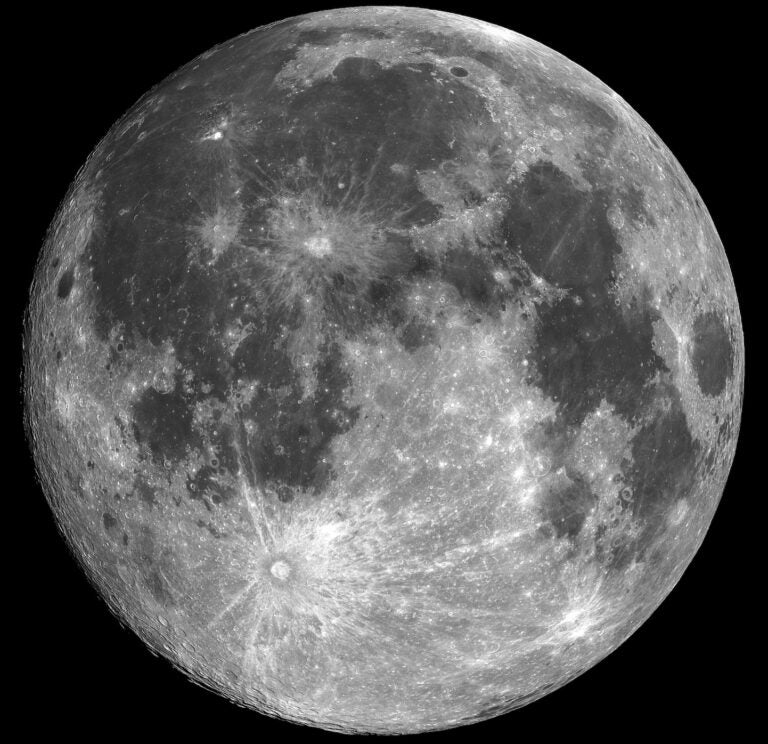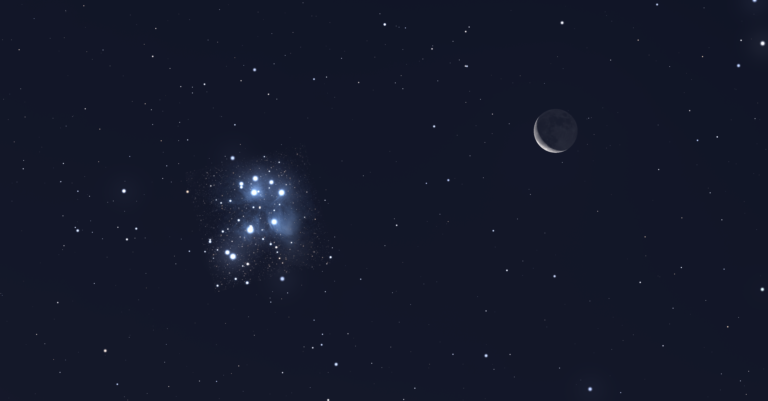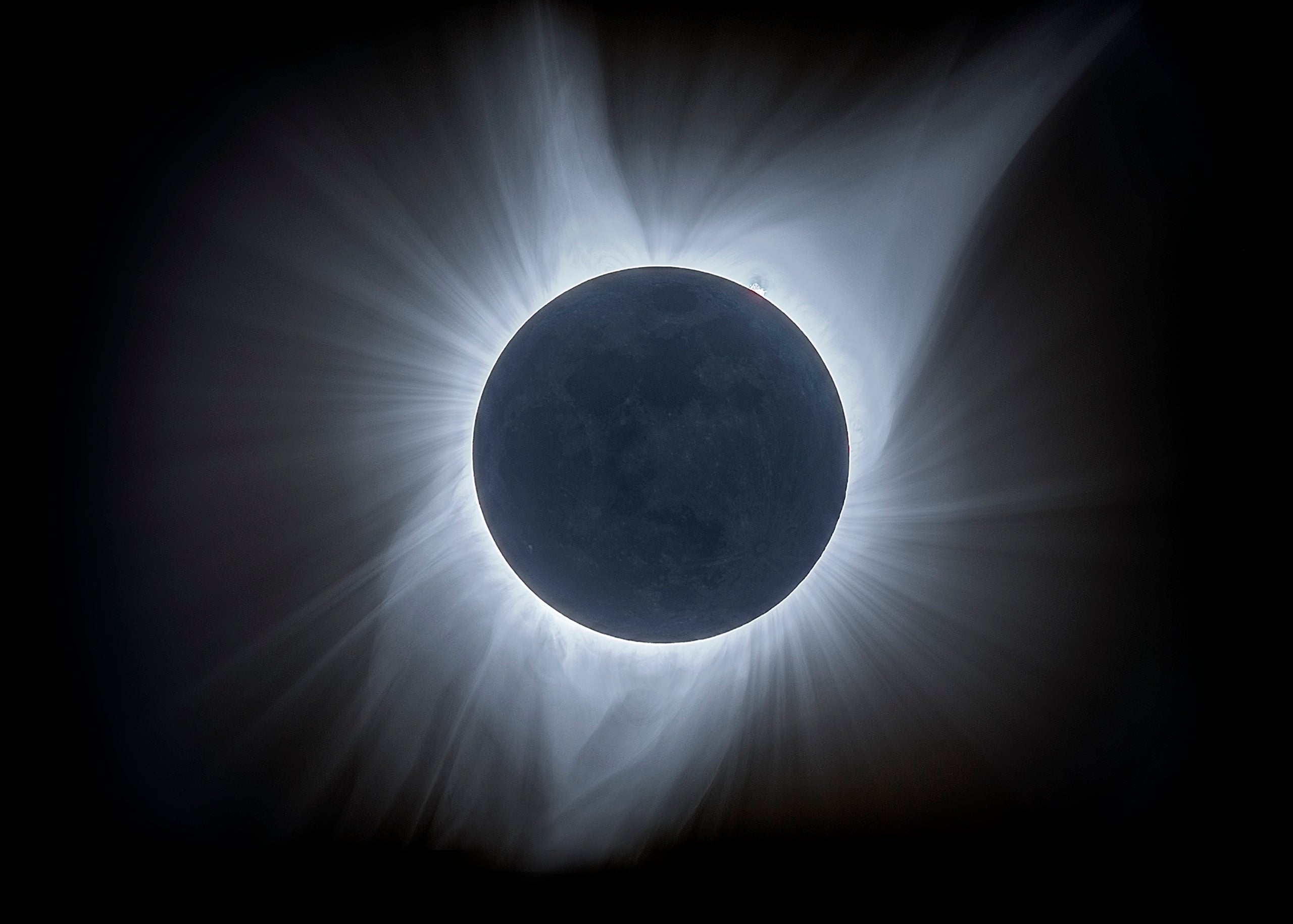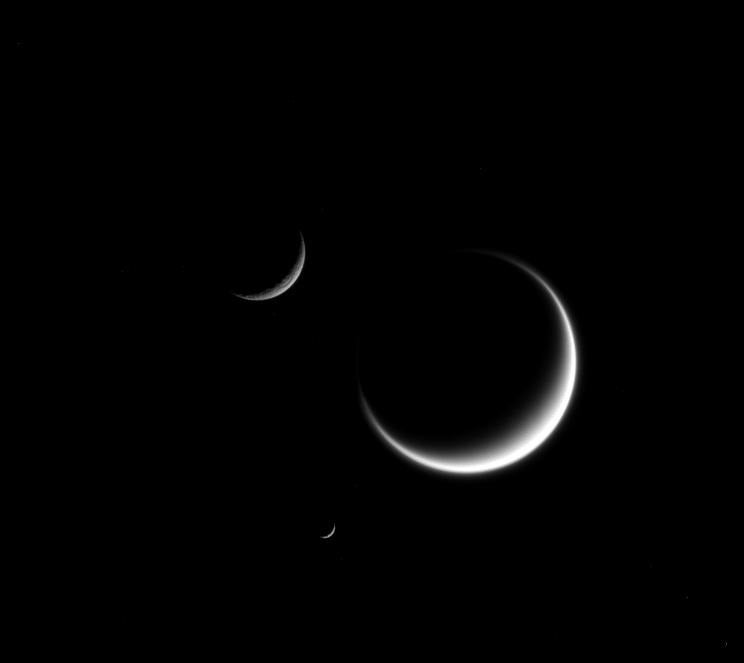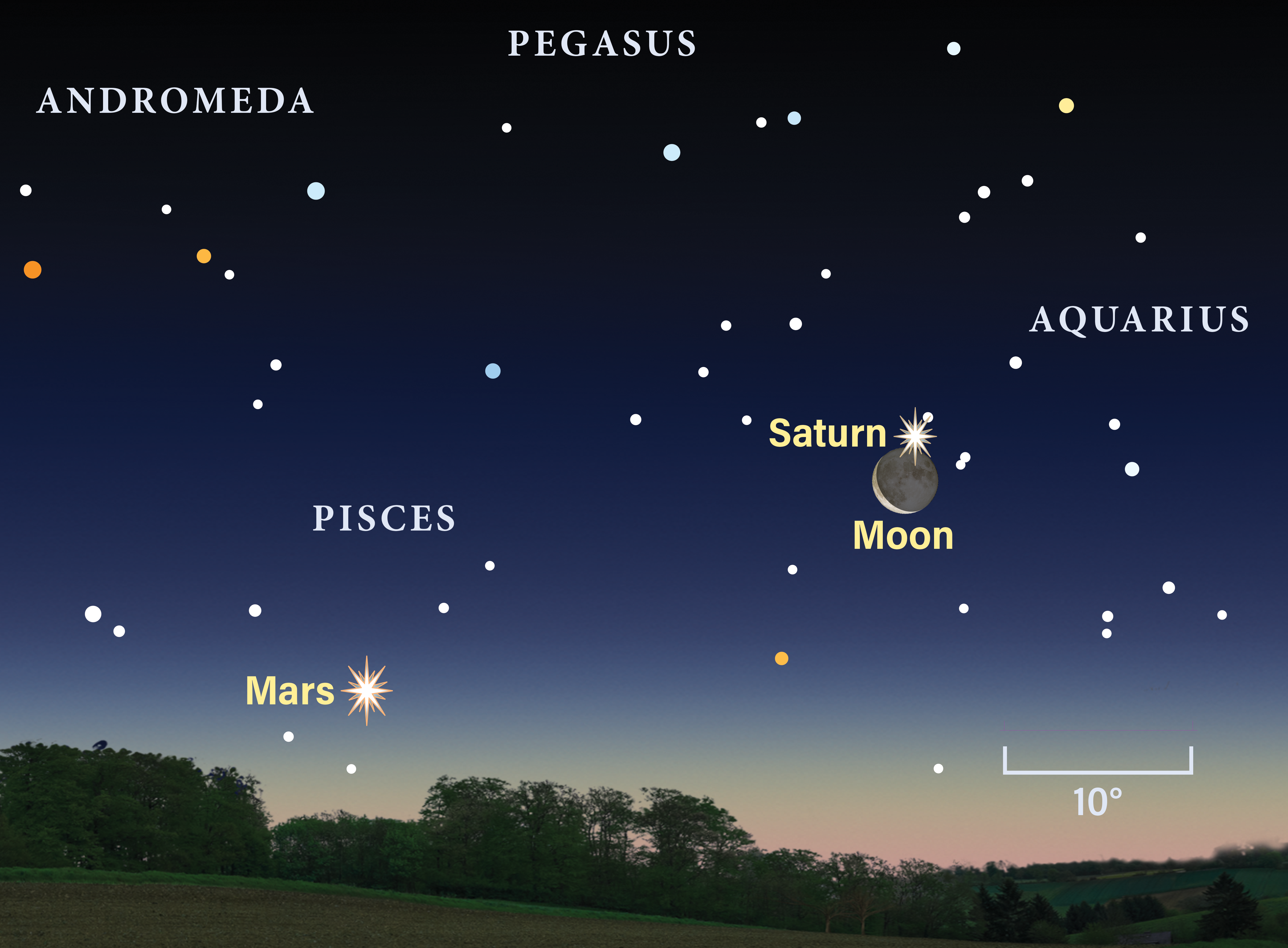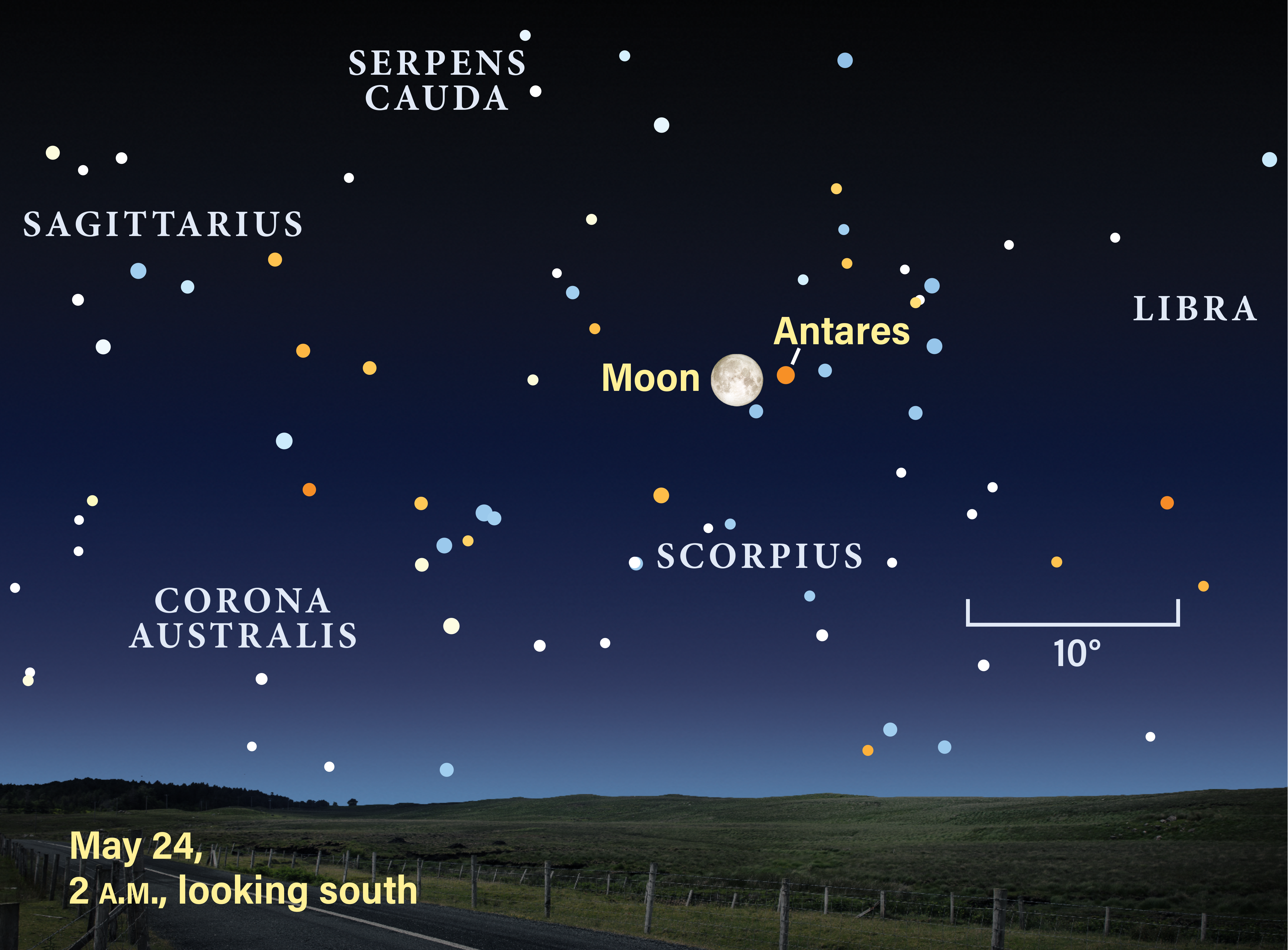
he total lunar eclipse on July 27/28 was superlative in many ways. It occurred at lunar apogee, when the Moon is farthest from Earth and appears smallest. It also occurred near aphelion, when Earth is farthest from the Sun. These two circumstances resulted in totality lasting 103 minutes, the longest of the 21st century. The next similarly long eclipse won’t occur until 2029.
Finally, the fully eclipsed Moon — sometimes called a Blood Moon, owing to its reddish color — was near Mars (the Blood Planet), which was closest to the Sun for its current orbit. And that took place just prior to Mars’ closest approach to Earth, when it appears brightest in the sky. Thus, this “micro Blood Moon near macro Blood Planet” made for some pronounced optical effects that added to the drama of this remarkable event.
Astronomy magazine subscribers can read the full article for free. Just make sure you’re registered with the website.


